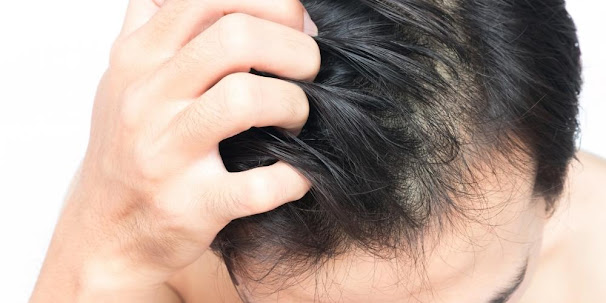I. Introduction
A. Importance of Natural Hair Regrowth: Highlighting the desire for individuals to regrow their hair using natural methods.
B. Overview of the Challenges Faced: Addressing the common issues and obstacles encountered by people dealing with hair loss.
C. Purpose of the Guide: Providing effective strategies, tips, and treatments focused on natural hair regrowth and restoration.
II. Understanding Hair Loss
A. Causes of Hair Loss: Exploring the various factors contributing to hair loss, such as genetics, hormonal changes, stress, and more.
B. Differentiating Temporary and Permanent Hair Loss: Helping readers distinguish between reversible and irreversible hair loss conditions.
C. Types of Hair Loss: Shedding light on specific types like alopecia areata, androgenetic alopecia, telogen effluvium, and their impact on natural hair regrowth.
III. Maintaining a Healthy Scalp and Hair
A. Importance of a Clean and Nourished Scalp: Emphasizing the significance of a well-maintained scalp environment for promoting hair regrowth.
B. Proper Hair Care Routine: Guiding washing, conditioning, and moisturizing techniques suitable for supporting natural hair regrowth.
C. Nutritional Considerations: Exploring the role of a balanced diet and specific nutrients in fostering healthy hair growth.
D. Scalp Massage Techniques: Introducing techniques that improve blood circulation and stimulate the scalp for enhanced hair regrowth.
IV. Effective Strategies for Natural Hair Regrowth
A. Natural Remedies and Treatments: Highlighting the benefits of essential oils, herbal extracts, and other natural remedies for stimulating hair regrowth.
B. Dietary Modifications: Suggesting dietary adjustments and specific foods that aid in nourishing the hair and promoting regrowth.
C. Lifestyle Changes: Discussing the importance of stress management, adequate sleep, and regular exercise in supporting natural hair regrowth.
D. Scalp Exfoliation: Explaining how exfoliating the scalp can remove dead skin cells and improve the overall health of the hair follicles.
E. Protective Styling: Offering tips on hairstyles and protective measures that minimize damage and breakage, promoting natural hair regrowth.
V. Tips for Healthy Mane Restoration
A. Choosing the Right Hair Care Products: Assist readers in choosing suitable conditioners, shampoos, and styling tools that encourage natural hair regeneration.
B. Avoiding Heat Styling and Harsh Chemicals: readers about the damaging consequences of high heat and dangerous chemicals on hair health.
C. Importance of Regular Trimming: promoting routine hair trimming to avoid split ends and preserve general hair health.
D. Proper Detangling and Brushing Techniques: Advising on how to brush and detangle hair in a way that causes the least amount of breakage and damage.
E. Sun Protection for the Scalp and Hair: recommending defences against UV radiation that might compromise the condition of the scalp and hair.
VI. Professional Treatments and Therapies
A. Medical Treatments for Hair Regrowth: Discuss various pharmaceutical solutions for natural hair regrowth, such as minoxidil, finasteride, and others.
B. Platelet-Rich Plasma (PRP) Therapy: investigating the natural approach and efficacy of PRP therapy in promoting hair regrowth.
C. Laser Therapy: educating people about low-level laser therapy as a non-invasive way to encourage the growth of new, healthy hair.
D. Hair Transplantation and Surgical Options: describing surgical techniques like hair transplantation and other possibilities for people looking for more sophisticated treatments.
VII. Maintaining Results and Preventing Future Hair Loss
A. Long-Term Strategies for Hair Maintenance: after obtaining natural hair regeneration, providing advice and suggestions for maintaining healthy hair development.
B. Addressing Underlying Health Conditions: highlighting the need of locating and addressing any underlying health conditions that can be responsible for hair loss.
C. Managing Potential Triggers: advising readers on how to spot and take care of potential triggers, such as stress, dietary restrictions, and lifestyle choices that can affect hair health.
D. Tips for Preventing Future Hair Loss: Providing practises and preventative steps to reduce the possibility of future hair loss and preserve natural hair regeneration.
VIII. Conclusion
A. Recap of Key Strategies, Tips, and Treatments: highlighting the key ideas and lessons learned for encouraging the growth of new, natural hair.
B. Encouragement for Individuals Seeking Natural Hair Regrowth: Encourage people to use natural remedies and never give up on their quest for good hair.
C. Final Thoughts and Resources: Provide more sources, references, and information in the final paragraphs for people looking at solutions for natural hair regrowth.


Post a Comment